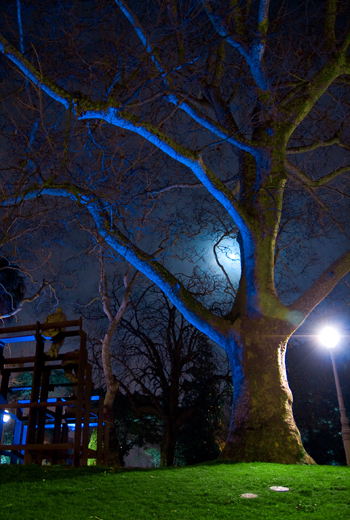High temperature stable regenerated Bragg grating: Impact of doping concentration on thermal regeneration
S. Bandyopadhyay, CGCRI, CSIR (India); J. Canning, University of Sydney (Australia); P. Biswas, CGCRI, CSIR (India); M. Stevenson, University of Sydney (Australia); K. Dasgupta, CGCRI, CSIR (India)
We present the details of regeneration of a seed Type-I Bragg grating written in H2 loaded germanosilicate fiber in light of developing low loss Bragg grating sensors with superior spectral quality and suitable to use in high temperature applications. It has been shown that regeneration and consequent stabilization of the grating is significantly influenced by the annealing procedure. The influence of GeO2 doping concentration has been investigated in detail and found that excess [Ge] concentration contributes nothing. Strongest regenerated gratings with reflectivity ~35% from a 5mm seed grating could be obtained in fibres with the lowest GeO2 concentrations such as standard telecommunication grade fibre. We also show that other dopants like F, Er does not have any positive contribution in regeneration.
















